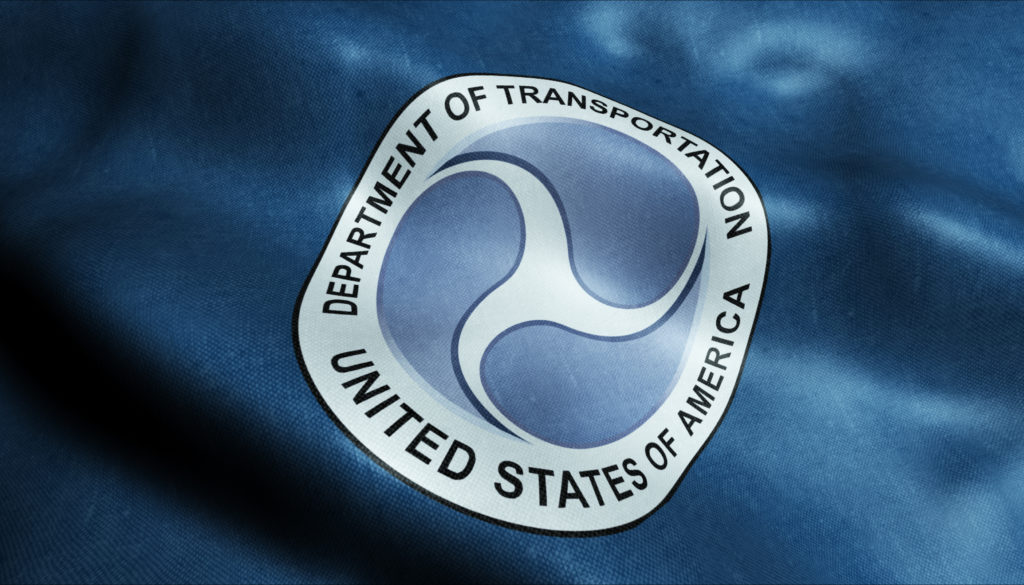
A new program launched by the U.S. The Department of Transportation aims to improve transparency to the public and inform more people about current automated vehicle technology.
During a webinar event last month, leaders within the DOT introduced the Automated Vehicle Transparency and Engagement for Safe Testing (AV TEST) initiative. This effort will work toward heightening engagement among the public, industry representatives, and government leaders. It will also bring stronger transparency through “an online, public-facing platform for sharing automated driving system on-road testing activities.”
It’s the most accessible platform of its kind for these tests, said Transportation Secretary Elaine Chao. “Through this initiative, the department is creating a formal platform for federal, state, and local governments and industry stakeholders,” she explained.
During a time where automated vehicle technology has been at the forefront of industry innovations for a while now, many Americans have expressed skepticism in terms of this technology’s safety. The NHTSA is planning “online mapping tools” that will show activity data and testing locations, which will hopefully improve overall public awareness and trust in these inventive efforts.
James Owens, Deputy NHTSA Administrator, said that boosting transparency “encourages everybody to up their game to help better ensure that the testing is done in a manner fully consistent with safety.” Owens also explained that AV TEST will be open to all stakeholders who are involved in safe testing of automated trucking systems. These participants include Toyota Motor Corp., Fiat Chrysler Automobiles, Uber Technologies Inc., Cruise (General Motors Co.’s self-driving subsidiary), and Waymo, as well as the states of California, Florida, Michigan, Ohio, Pennsylvania, and Texas.
These efforts will serve as a huge tool in educating the public about all factors of this automated technology, as well as information about the stakeholders participating in its progress. Currently, because there are so many misconceptions and fears around these kinds of vehicles, Owens says this kind of candid information is most important.
“These systems have the promise to help prevent fatal crashes, save lives, and reduce crash severity,” he said. “Public trust will be the key to their adoption.”
Owens also explained that the goal of NHTSA is to “pull together really critical stakeholders to deepen the lines of communication and cooperation among all of us,” and that this was “an opportunity for the states to start sharing information among themselves.”
Critics of current AV system regulations want NHTSA to mandate federal safety standards for all automated driving technology.
In its investigation of a pedestrian death involved in an Uber AV test vehicle crash, the National Transportation Safety Board said that the NHTSA needed to create self-driving vehicle safety assessments that are mandated and that properly ensure AV vehicles have the necessary safeguards in place.
According to Owens, NHTSA “will not hesitate” to intervene if vehicles are being tested unsafely, although the agency has not yet adopted the recommendations set forth by the NTSB.
AV 4.0, DOT’s latest federal update of AV tech guidelines, was released in January, and is called “Ensuring American Leadership in Automated Vehicle Technologies.” The update aims to be a set of principles to unify a collective of 38 federal departments, agencies, executive offices, and commissions. It will also provide guidance to local and state government agencies, industry representatives, and technology efforts.
Administration actions have pushed forward AV technology growth, government collaboration efforts, and American AV tech principles that have worked together in a collaborative mindset to structure these new guidelines. AV 4.0 is meant to help the industry work towards a safety-centered, innovative, and consistent approach to the regulation of self-driving technology.
“We’ll make it available for you to view,” said the NHTSA on its website, referring to the new platform for public observation of AV tech efforts. “You’ll be able to see if testing has been reported in your community and learn more about the types of activities happening, including testing of various types of motor vehicles–cars, low-speed shuttles, trucks, and driverless electric delivery vehicles.”
The agency explains that the possibilities around safer roads are growing quickly with these innovations: “The continuing evolution of automotive technology aims to deliver even greater safety benefits and automated driving systems that–one day–can handle the whole task of driving when we don’t want to or can’t do it ourselves. The AV TEST Initiative is another way that NHTSA is convening and facilitating initiatives with stakeholders to support the safe development, testing, and integration of automated vehicle technologies in the United States.”
Reader Interactions